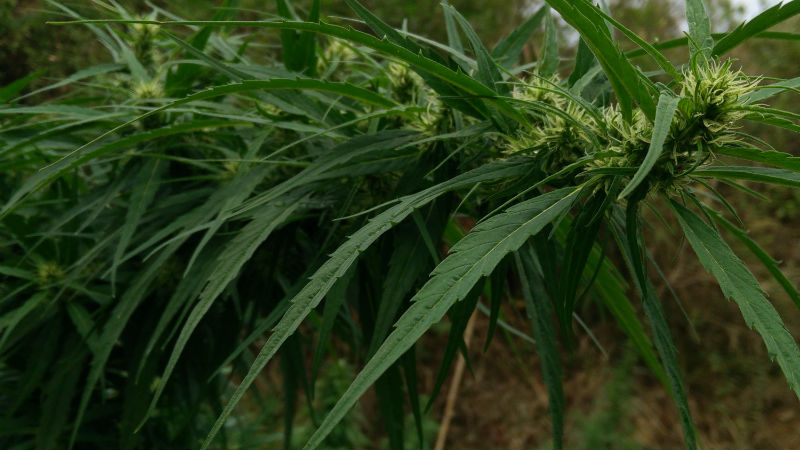You spot its elegant tendrils twining across a speckle of grass and you are pleased. “Look”, you say. Its arrowhead leaves are healthy green; its pale pink flowers are paper-tissue trumpets. Fools that we are, we actually intended to get rid of that plant and instead allow flowers to flourish in its place.
Science calls the plant Ipomea batatas. It’s locally known as c. . . Nope. Ain’t gonna tell you yet. But you’ve seen it as a reclining plant. Big-headed sun flowery plant, it isn’t. Like a petitioner before a king, Ipomea batatas lies on the ground and keeps its nose in the dirt.
Apologetically, unobtrusively, it creeps along, to acquire a foothold in the garden patch where you’ve planted it. Humble, almost to a fault, its tendrils sprout hither and yon or neither here nor there, limbless and feeling its way quietly.
Oh, but this sturdy wandering plant, when it finally bumps into something, starts climbing over it, begging your pardon as it goes.
Could this be the reason why many Filipinos attached the word “lowly” to it whenever they describe the plant? By what stretch of imagination have many to describe this art of creation as lowly, we can only speculate as the crow flies.
But marvel at the Cordillerans who know of this plant and prize it for what it is. For centuries, Ipomea batatas, along with legumes and other vegetables were planted by the highland tribal folks to supplement food requirements, aside from rice traditionally grown.
No Cordilleran was ever known to speak ill of Ipomea batatas, much less detests it. In a typical Cordilleran household, conversation about the plant evokes fond memories of how their forefathers survived and never experienced hunger pangs because they had that plant.
Around campfires, tubers of the plant were roasted over beds of charcoal, while the old folks gazed at the fire, told stories and pointed at the majestic Cordillera mountain ranges, saying, “Ders gold en dem dar hills,” garnishing their tales with mouthfuls of the roasted tubers.
In the olden days, nothing of plant’s parts is thrown. It’s leaves, stems, and peelings of its tubers were used as swine fodder. Its tubers were consumed as table food.
Many tales of yore abound of kamaneros ( road workers) and kabiteros (stone builders) who swore by their ancestors that whenever they went to work, they always had with them in their “sangi” (backpacks made from rattan) Ipomea batatas that gave them strength to toil Herculean labor.
It is without doubt that for a long time, until today, the work of the kamaneros and kabiteros are known for their strength, durability and artistry. The do this by making Ipomea batatas part of their daily food regimen.
Well, the kamaneros and the kabiteros swear Ipomea batatas gives them the performance to work for quality.
With their declaration of their trust and confidence in this lowly plant, it won’t be a hyperbole to say that Ipomea batatas is a food for indigenous tribes of Titans.
Ipomea batatas grows in all directions. Its roots can go a foot deep, turning to tubers. Not far from its main stem, sideward rhizomes will turn vertically towards the sun to become another creature, sending out new roots and lateral growth.
These new rhizomes will ensure that the plant will bear more tops and tubers, more food and new beginnings for replanting the plant that can thrive even in poor soil.
Modern cooking has use of its tops in cooking sinigang, while the tubers are added with other vegetables or are fried and sold as street food. We have never so much as spit for the benefit of Ipomea batatas, yet it almost glows with good health for all.
Perversely, Ipomea batatas seems to love totally crappy soil and let happiness creep in. it can go over short or tall grasses, wildflowers, sunflowers, stonewalls and other obstacles, that even if we cut their stems, the plant is pretty confident it will regrow another stem.
Its patience with humans is amazingly a virtue. Remove all its tops, thinking the plant will wither on the vine and die, but it won’t. Instead, visit it after some weeks and you can gather again a reasonable harvest of tops for your sinigang.
We kneel in the dirt, draw kitchen knives to Ipomea batatas, chatting and gossiping while we snip of tops after tender tops and, while we do this, we’ve never been happier in our lives knowing we have tender greens for food.
Give Ipomea batatas a year or more to grow and it rewards us with delicious tubers.
The Creator of all creations must be laughing his head at those who attached the word, “lowly” to the CAMOTE, but richly deserving of its scientific name Ipomea batatas.
But God, being a patient and understanding God, is up there nodding his head and murmuring,” Let those who dubbed Ipomea batatas as lowly camote eat their words, er, I mean, eat the plant and be healthfully enlightened.”













